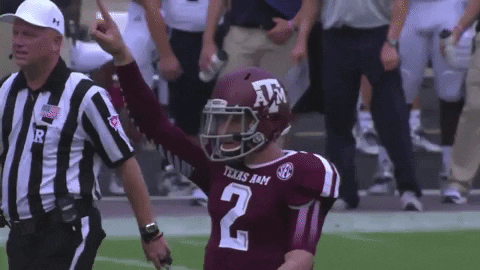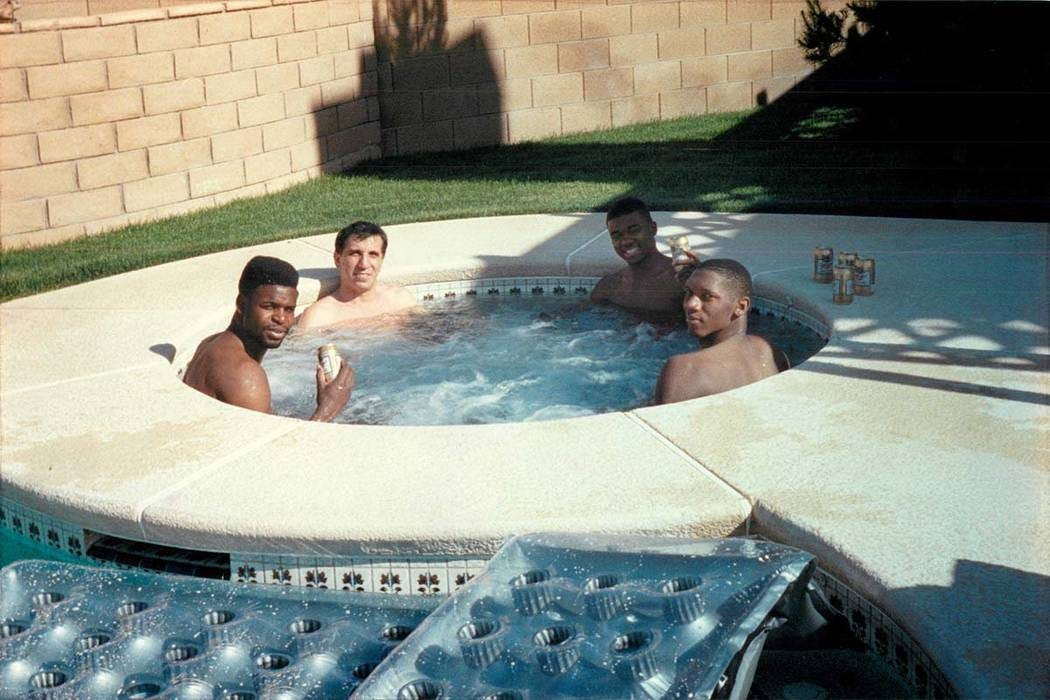The Press Break Q&A: NIL Changes in College Sports
Welcome to July, and welcome to another edition of The Press Break Q&A. This week’s installment coincides with a truly landmark moment in the history of American sports, as the NCAA is allowing athletes to profit off their name, image and likeness (NIL).
As expected, this installment of Q&A goes heavy on NIL topics. No matter your questions on basketball, football, maybe books? Movies? TV? Wrestling? Music?, you can submit them via Twitter @ThePressBreak or @Kensing45. You can also submit via email to pressbreaknewsletter@gmail.com.

I have to say, I 1. did not expect so many endorsements to be introduced so immediately, and 2. I figured it would take at least a few weeks until we saw a national deal inked.
Within hours of the July 1 milestone, however, Fresno State basketball twins Haley and Hanna Cavinder revealed endorsements with Boost Mobile. The sisters successfully leveraged prominent Instagram presences into deals, and I anticipated as NIL moved closer that social-media popularity would be a boon for non-traditional (e.g., not the stars of highly visible, power-program football and men’s basketball teams).
A name who came to mind for me immediately: Arizona State punter Michael Turk, whose YouTube channel features fun and interesting vlogs on the life of Div. I athletes.
The Cavinders reflect another type of athlete I expected would thrive with the new rules. Friend of the Newsletter @HotSprots explained it best: Athletes in true cities that are not quite big enough for professional sports franchises were in the best spot. The regions have enough businesses with advertising budgets to offer up considerable payment to a variety of athletes, and the lack of pro competition makes the college teams that city’s pros.
Fresno qualifies. Having gone to college in Tucson, it’s another example. I suspect softball players and gymnasts at the University of Arizona (and since Adia Barnes’ arrival as coach, women’s basketball players) could command advertising wages that would surpass any other athletes at the school, save men’s basketball players.
But as for national reach? The Cavinders being the first surprises me. I would have anticipated a Heisman Trophy candidate like D.J. Uiagalelei or a breakout basketball star — think Zion Williamson in 2018-19 — as the trailblazer. I’m quite pleasantly surprised it went in a different direction.

Once NIL approached reality, my thoughts turned quickly to Johnny Manziel. While the blogosphere fawned over his ever move in the spring and summer of 2013, partially for “sticking to the NCAA” or whatever and partially to SEO-game Google News, I can only imagine how much more bonkers his jet-setting could have been with authorized NIL.
Think The Program meets Enron.
The change in NIL regulations won’t curtail all financial problems college athletes might encounter, instead creating new challenges. The biggie is taxes.
While working on both my senior thesis project in J-school, and in 2018 for this feature you can read right here at The Press Break, college athletes cited taxes as a headache they did not welcome.
Issues tied to taxes will arise, sooner than later. As for who? I won’t speculate on that. I will say about Daniels, having covered his freshman season at USC and conducted a cover-story Q&A with him for this season’s Athlon SEC preview [here comes the plug!]…
…there will be no slander in this space.
Going back to the above, programs in cities of a half-million-plus or so without pro teams should benefit from the new rules. Fresno State football players will be bigger celebrities in a city that’s already supportive of the program, and Arizona football should see a boost in its year-to-year performance.
Likewise, in basketball, Albuquerque is wild about the Lobos despite underwhelming for several years. The underlining community support of the basketball program, coupled with lucrative branding possibilities, should make The Pit a destination for recruits in the immediate future.
However, another program in the Mountain West could really blow up as a result of the NIL shift: UNLV.
Yes, Las Vegas is now home to popular pro teams with the Golden Knights and Aces, and…a pro team with the Raiders. Popular’s debatable, but at least Vegas is a destination for visiting teams’ fans.
The Runnin’ Rebels were Vegas’ first “pro” team, though — and I don’t intend that as a rib on Richie “The Fixer” Perry.
Jerry Tarkanian’s high-flying, dominant UNLV basketball teams brought national attention to the city in an era when Vegas was most notable for the Mafia rule over the city’s industry very publicly crumbling. The Runnin’ Rebels were defiant, exciting, and glamorous; sitting courtside at Thomas & Mack for those teams was akin to being posted up alongside Jack at The Forum for the Showtime Lakers.
Las Vegas is a city that collectively loves basketball, and just needs UNLV to win to start lustily embracing the Runnin’ Rebels again. Vegas has myriad sponsorship opportunities that have nothing to do with gambling, and that could unlock the long-dormant potential of the program.
In football, programs with a similar history of prestige and glamor could use NIL changes to regain prominence. When its winning at a national championship level, USC football is every bit as prominent in Los Angeles as the Lakers or Dodgers.
The current landscape would have been an absolute bonanza for LenDale White, Reggie Bush, Matt Leinart and others in the 2000s. It’s not just advertising potential, either, but the prospect of making television appearances.
Imagine you’re a blue-chip recruit with aspirations for both football and acting. You could come to USC, film scenes for the next season of All-American in the summer, then score touchdowns in the fall. USC (and UCLA, though basketball is much more visible than football for the Bruins) offers that unparalleled opportunity.
Another with big-time potential from an unconventional outlet: Stanford. Sponsorship opportunities in Silicon Valley on top of a world-class education, while playing for a winning program, is tough to match.
Now, there’s a certain Ibis in the room I must address: Miami. The moment NIL passed, The U’s name was bounced around the echo chamber. The program’s history of perhaps questionable recruiting methods in the ‘80s, glorified in the 30 for 30 documentary The U, invites chatter about the Hurricanes bouncing back with legal payment methods now unlocked.
However, Miami football has systemic issues that explain why the Hurricanes will not truly be “back” without some serious overhauls. I went into these issues in my deep-dive on the Whammy in Miami, available to Patreon subscribers here, and in my What If Wednesday on the end of Butch Davis’ tenure.
Think of the current Miami like the band Journey: Huge, breakout stars in the ‘80s; enjoyed a pop-culture resurgence in the first half of the 2000s; but now, is a relic of the past you have to drive 45 minutes out of the way to see do a bad impression of their ‘80s swagger.







